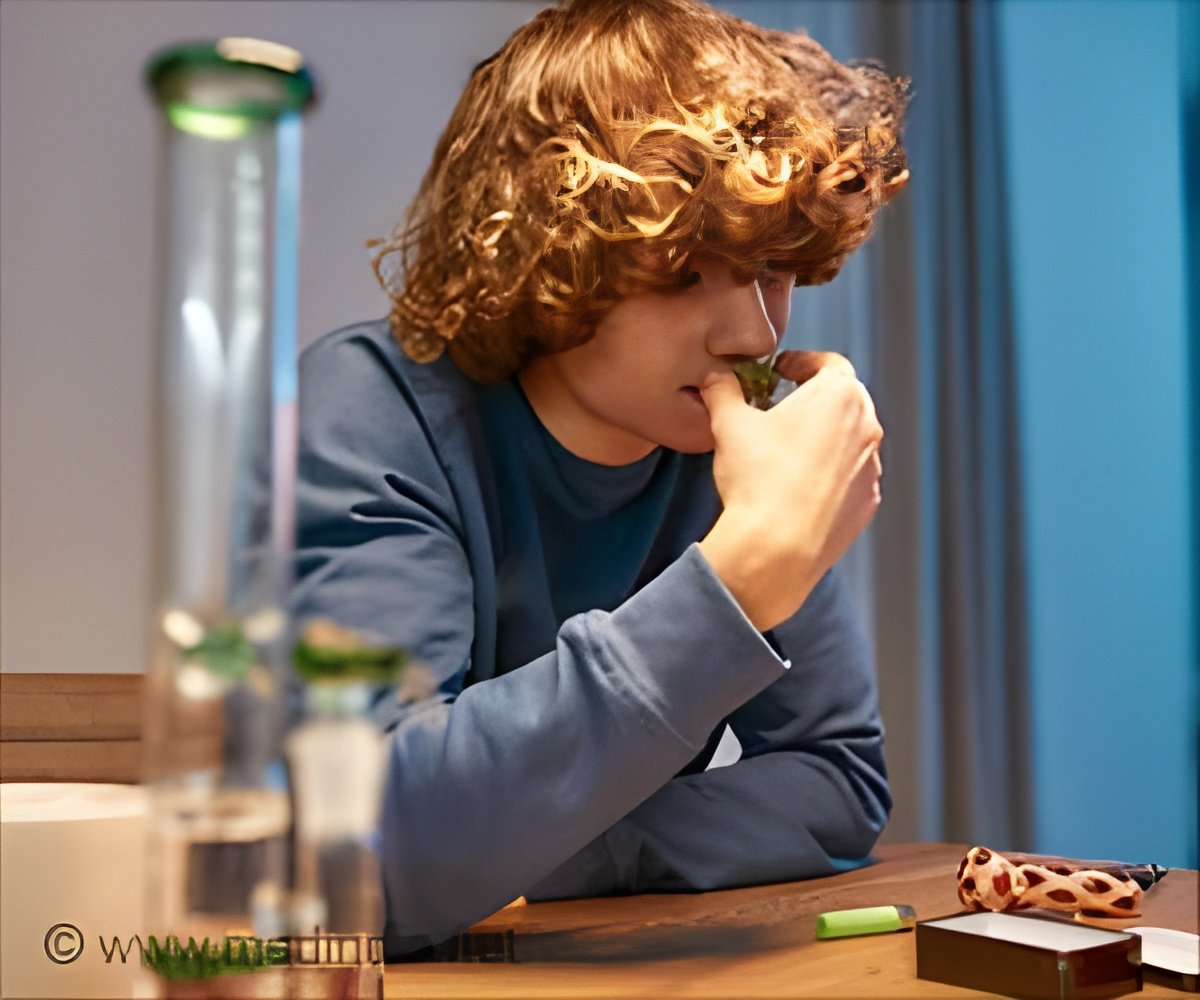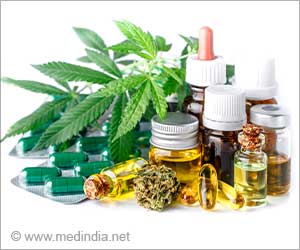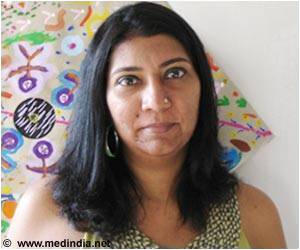
‘Bisexuals are more likely to use all forms of cannabis more frequently to cope with mental health problems.’
Tweet it Now
In this study, researchers analyzed survey data from nearly 4,700 university students from across the country. Of the participants, 23% were classified as bisexual after indicating that they were not exclusively attracted to one gender.The group classified as bisexual was more likely to report using cannabis to cope as well as for enhancement, which is a bit surprising. The coping motive was less surprising because we also saw that the group classified as bisexual reported higher levels of mental health problems.
Bisexuals Use Cannabis More Frequently for Coping, Enhancement
The bisexual group reported higher levels of a cannabis use disorder, social anxiety, generalized anxiety, depression, and suicidality than either of the groups classified as exclusively “straight” or “gay”—findings that are in line with previous research.People who are in sexual minority groups not only face normal life stress but also an additional column of stress that's related to being a sexual minority.
For bisexual people, there may be even more different types of stress since they can face discrimination from gay as well as straight communities, and additional stress can lead to negative mental health outcomes.
This study's results could help improve mental health target interventions for bisexual individuals. The researchers focused on survey respondents who were ages 18 to 30. They relied on a question that asked participants to rank their attraction to genders on a scale.
Grouping those who reported being “mostly heterosexual” and “mostly homosexual” as bisexual along with those who claimed both types of attraction. This yielded 3,483 who were in the “straight” group, another 1,081 in the “bisexual” group, and a small group of 105 individuals who were classified as “gay.”
They also used the “Marijuana Motives Measure,” which is based on one developed for alcohol, to assess five potential reasons for use: enhancement, conformity, expansion, coping, and social. While some of the motives, like coping, have negative issues associated with them, the enhancement does not, as of yet.
Bisexuals Use Pot at Higher Rates to Combat Depression & Anxiety, What About Other Sexual Minorities?
While the study could not give a reason why this motive was so strong in the bisexual group, researchers speculated that it might have to do with being open to new experiences.Enhancement is about expanding one's awareness, being more open to experience, and being more creative, so perhaps all this comes back to openness.
From this sample, the researchers also found that people in the bisexual group were not only more likely to report using cannabis and using it more frequently but also were more likely to use all three types of cannabis listed in the survey: flower, edibles, and concentrates.
This was alarming because concentrates typically contain a higher level of THC or tetrahydrocannabinol, the psychoactive component of cannabis. This psychoactive not only provides relaxation but also heightened sensory perception (e.g., brighter colors), laughter, altered perception of time, and increased appetite.
Though the study was limited by the use of sexual attraction data rather than sexual identity but hoped the results would spur further investigations. They also noted that they had limited power to detect differences in the group classified as gay, given the relatively small size of that group.
In the future, large-scale studies will be conducted among people who are able to identify themselves as gay, bisexual, or straight as well as those with large samples of other groups that are less studied, such as transgender and nonbinary individuals.
Source-Eurekalert















